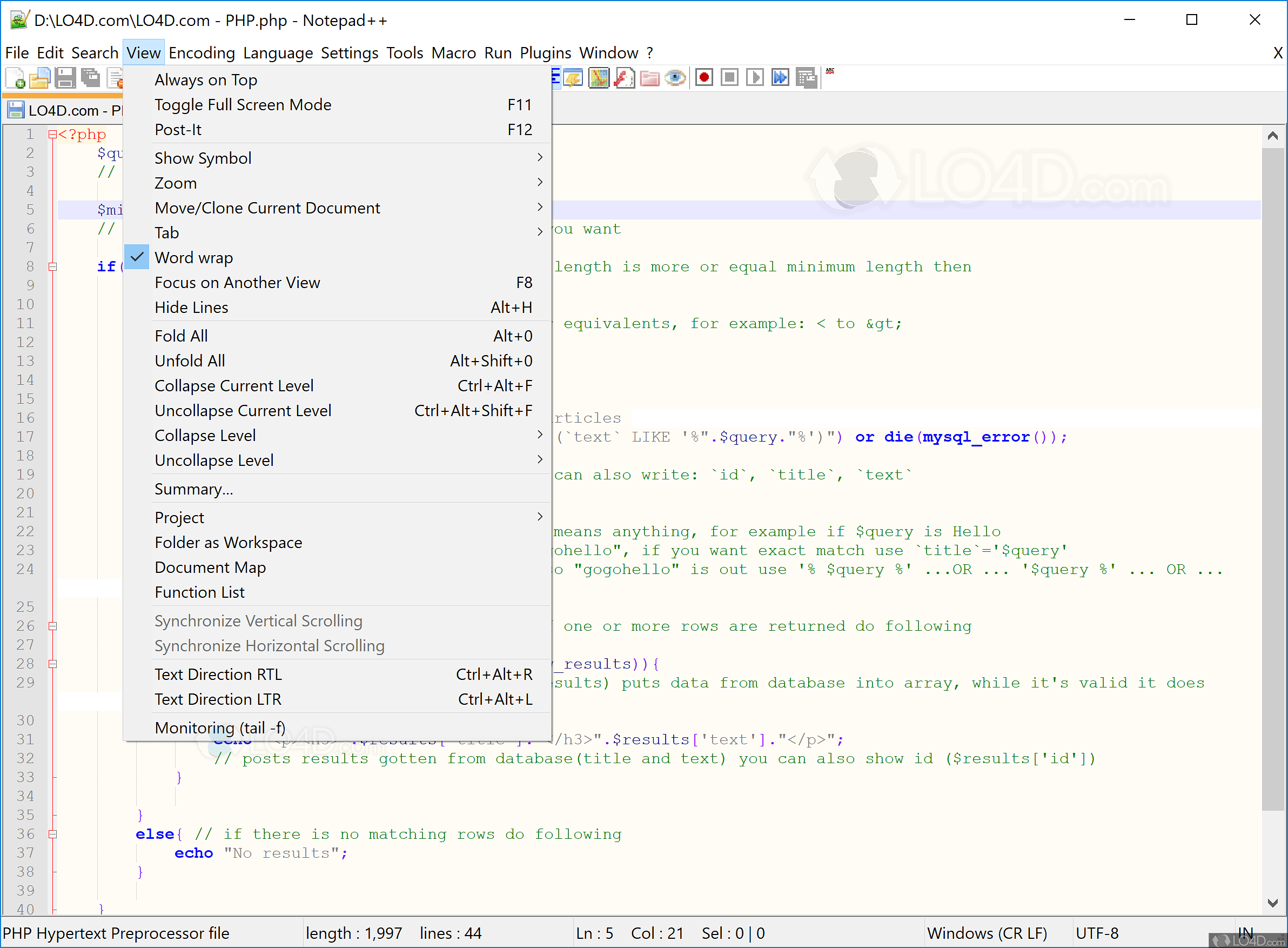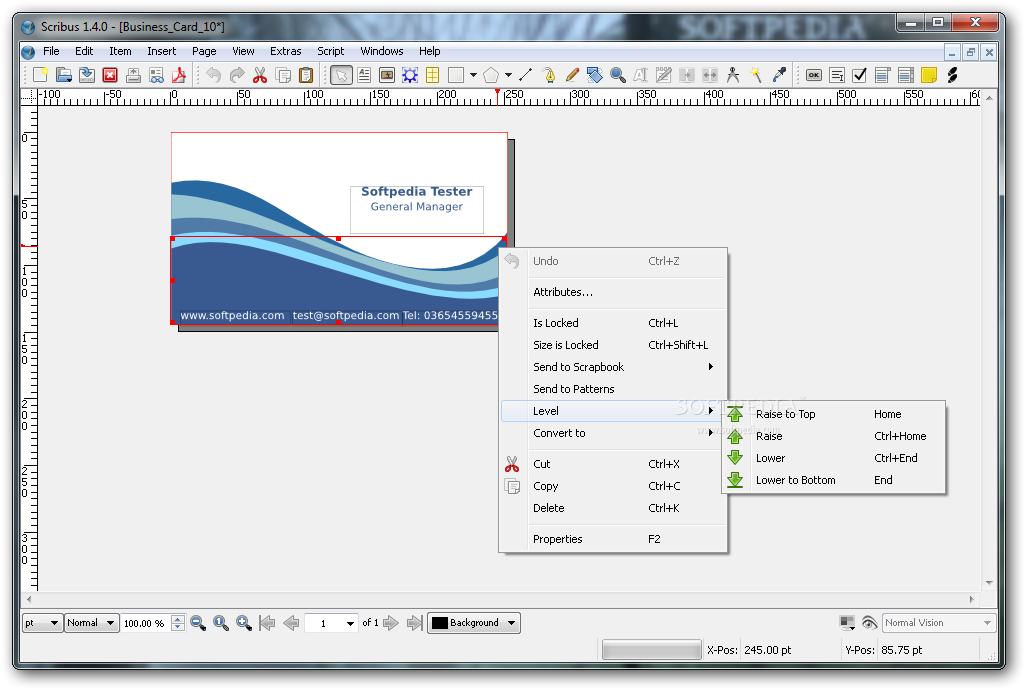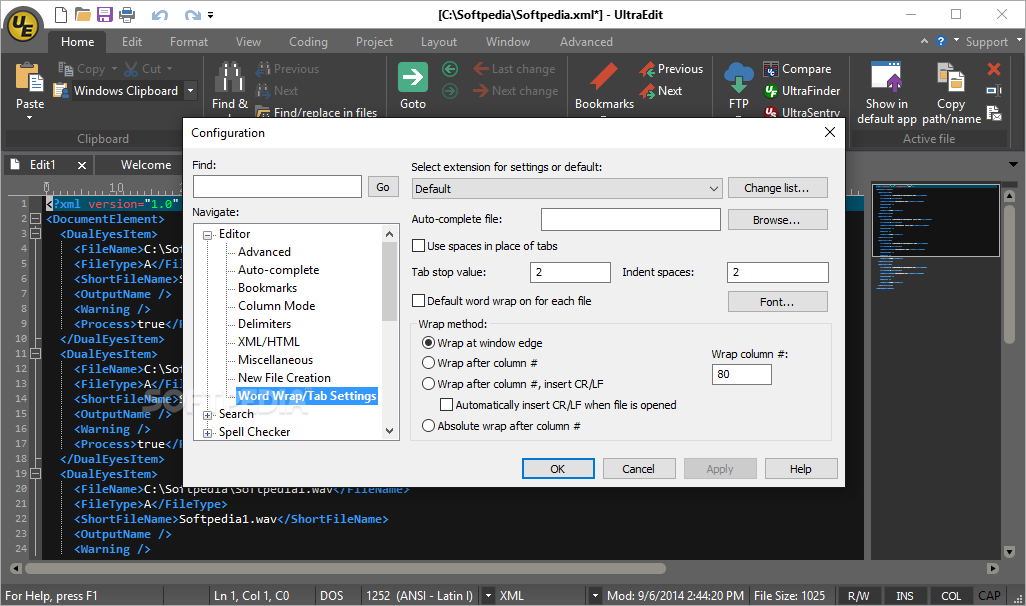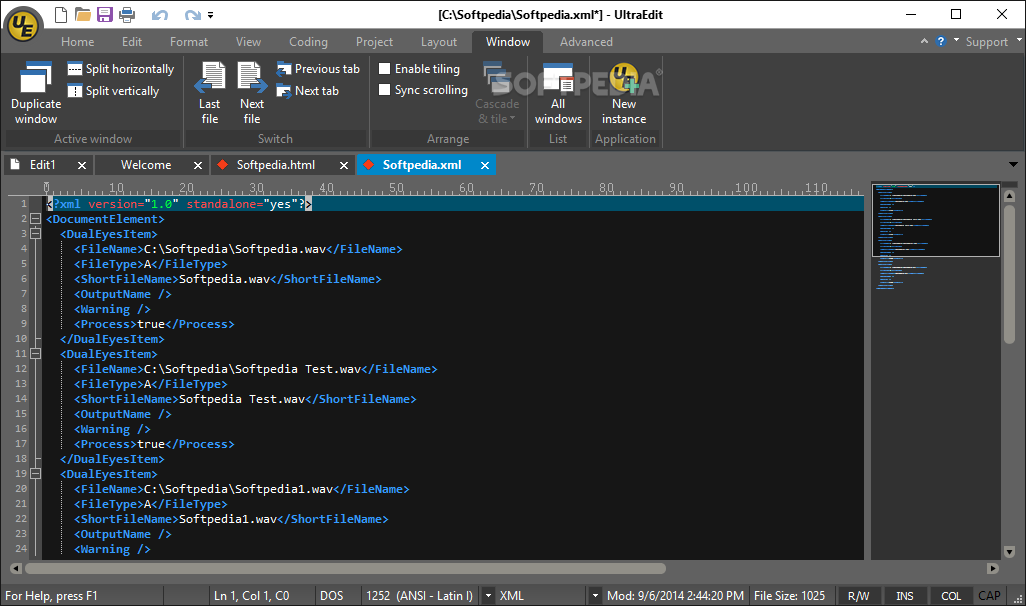

When you open NppFTP first time, all the control buttons except the setting and show message windows are disabled. This opens a docked window on the right hand as shown below. Open Notepad++ and Navigate to Plugins->NppFTP->Show NppFTP Window. Now let’s understand the different control options provided by this Plugin. Plugin Admin/manager installs the plugin and restarts the Notepad++.Select the NppFTP plugin and click Install Button.Navigate to Plugins->Plugin Admin or Plugins–> Plugin Manager -> Show Plugin Manager.Below are the steps to install the NppFTP plugin using the Plugin Admin/Manager. The interface of Plugin Admin and Manager is nearly the same with a slight difference. If it is not the latest version, use the manual method as explained above. Just verify, the plugin version is up-to-date. This is easy to use method to add and remove the plugin. You can also use the Plugin Manager or Plugin Admin to install the nppFTP plugin in Notepad++. Steps to install NppFTP plugin using Plugin Admin/Manager The plugin should be available under Plugins–> NppFTP as shown below.


Note:- You need Administrator access on the desktop to add and remove plugins. First, using the Plugin Manager or Plugin Admin or second manually by copying the plugins files. There are two ways to install this plugin.

You can also download Source code(zip), Source code(tar.gz), and build a plugin with MinGW-w64 or MS Visual Studio C++ compiler for windows. The current version of the plugin is v0.30.1 and it is available for 64 bit (NppFTP-圆4.zip) and 32 bit (NppFTP-x86.zip) Notepad++. This is developed and maintained here,ĭownload this plugin from the official Github repository. This plugin uses libssh, openssl, tinyxml, Zlib libraries. No need to manually ftp the files, this plugin takes care of it. Easy to use, just connect to a remote server from Notepad++, browse, open, edit and save the files directly on the remote server. It supports FTP, FTPS, FTPES, and SFTP communication protocol. NppFTP is a FTP plugin for Notepad++ to transfer files from the local desk to the remote server and vice-versa.


 0 kommentar(er)
0 kommentar(er)
